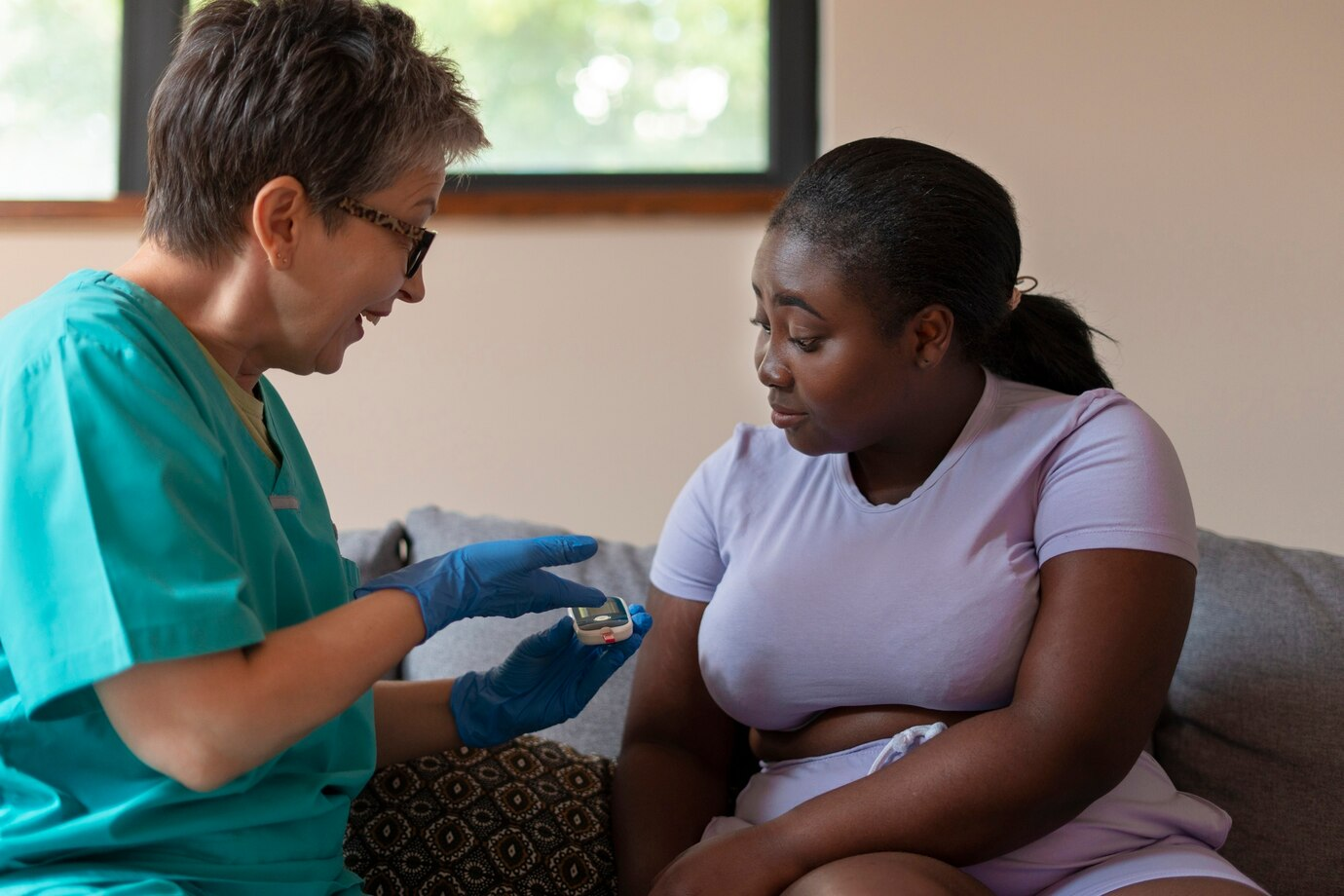Living with diabetes requires a multifaceted approach encompassing lifestyle adjustments, dietary considerations, and, often, medication. Two commonly prescribed medications to manage diabetes are Trulicity and Metformin.
In this comprehensive guide, we’ll delve into the intricacies of diabetes management, explore the individual roles of Trulicity and Metformin, and understand how they can be powerful for glycemic control.
Understanding Diabetes Management
Effective diabetes management is essential in preventing complications associated with elevated blood sugar levels. Maintaining a balanced diet and regular exercise are crucial lifestyle modifications that help regulate blood sugar levels.
Additionally, taking Trulicity and Metformin is crucial in diabetes management. Metformin, a biguanide, primarily reduces glucose production in the liver and increases insulin sensitivity in
While Metformin is generally well-tolerated, some individuals may experience gastrointestinal side effects such as nausea and diarrhea, particularly when initiating the medication. Adding Trulicity can help mitigate these side effects and improve overall tolerability.
Moreover, the combination of Trulicity and Metformin may allow for lower doses of each medication, minimizing the risk of side effects and achieving effective glycemic control. This tailored approach helps healthcare providers customize treatment plans based on patient needs and responses.
Dosage Considerations
The dosage of Trulicity and Metformin can vary based on individual factors such as age, weight, kidney function, and the severity of diabetes. Healthcare providers will carefully assess these factors to determine the most appropriate dosage for each patient.
Trulicity is typically administered once a week via subcutaneous injection. The recommended starting dose of Metformin is often low to minimize side effects, with gradual increases based on blood sugar levels and tolerability.
Monitoring and Adjustments
Regular monitoring of blood sugar levels is crucial for assessing the effectiveness of the drugs. Healthcare providers may adjust dosages based on these readings, ensuring optimal glycemic control while minimizing side effects.
Kidney function should also be monitored, especially with long-term Metformin use. Regular check-ups and open communication with healthcare providers are essential for fine-tuning the treatment plan and addressing any concerns or questions.
Along with medication, lifestyle modifications are pivotal in diabetes management. A balanced and nutritious diet, regular physical activity, stress management, and adequate sleep contribute to overall well-being and can positively impact blood sugar control.
A Holistic Approach to Diabetes Management
As we navigate the complex landscape of diabetes management, understanding the roles of medication is crucial. Trulicity and Metformin, in particular, bring unique benefits to diabetics, and when combined, they offer a synergistic approach to glycemic control. They not only address insulin resistance and glucose production but also enhance insulin secretion and slow digestion, creating a more dynamic and comprehensive strategy for diabetes management.
the body’s cells. In contrast, Trulicity, classified as a GLP-1 receptor agonist, stimulates insulin release, suppresses glucagon, and slows down the emptying of the stomach.
With a vigilant and proactive approach, individuals with diabetes can effectively manage their condition and improve their overall health.
Roles of Trulicity and Metformin
Metformin: The Foundation of Diabetes Treatment
Metformin has been a mainstay in diabetes management for decades, owing to its efficacy, safety profile, and relatively low risk of hypoglycemia. By reducing the liver’s production of glucose and enhancing the body’s response to insulin, Metformin addresses the core issues associated with insulin resistance—a hallmark of type 2 diabetes.
Furthermore, Metformin may contribute to modest weight loss in some individuals, making it a favorable choice for those who need to manage their weight along with blood sugar levels. Its well-established track record and cost-effectiveness have solidified Metformin’s status as a first-line medication in treating diabetes.
Trulicity: Enhancing Insulin Action
Trulicity, a more recent addition to diabetes management, takes a different approach to blood sugar control. As a GLP-1 receptor agonist, Trulicity mimics the action of the naturally occurring GLP-1 hormone in the body. It helps regulate blood sugar levels more dynamically by enhancing insulin secretion when blood sugar levels rise, suppressing glucagon, and slowing down gastric emptying.
What sets Trulicity apart is its once-weekly dosing, providing a convenient option for individuals who prefer less frequent injections. Additionally, some people using Trulicity may experience weight loss—a desirable outcome for those with diabetes and overweight concerns.
The Synergy of Trulicity and Metformin
Complementary Mechanisms for Comprehensive Control
Doctors may prescribe Trulicity and Metformin to maximize the benefits of both medications. This is mostly in extreme cases where a dose of Metformin alone isn’t adequately effective. Metformin addresses insulin resistance and reduces glucose production, while Trulicity adds an extra layer of control by enhancing insulin secretion, suppressing glucagon, and slowing digestion. While the synergistic effects of these medications create a more comprehensive approach to diabetes management, they must be taken with caution.
Reducing Side Effects and Enhancing Tolerability
Ultimately, navigating diabetes is a collaborative effort between healthcare providers and individuals living with the condition. Through personalized treatment plans, regular monitoring, and a commitment to lifestyle modifications, individuals can achieve effective glycemic control and enhance their overall well-being.
So, even as research advances and our understanding of diabetes deepens, the synergy between medications and lifestyle modifications will pave the way for more personalized and effective strategies in the ongoing battle against diabetes.
